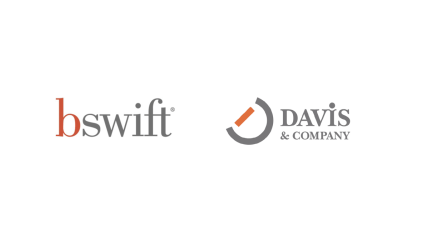
HRIS change is complicated. Here’s how to get employees on board.
While the launch or upgrade of a Human Resources Information System (HRIS) can increase efficiency and cut costs for many HR activities—accounting, payroll and performance management…just to name a few—it also affects every employee, making it a challenging transition to undertake successfully.
Learning what’s new is an important first step, but employees also need to use the system, which requires training and behavior change. This level of complexity requires a strong change communication plan.
Over the years, I’ve helped dozens of clients plan and implement change communication for small, medium and large messy change initiatives—including several HRIS upgrades. In my experience there are four critical strategies that motivate employees to get on board and take action:
1. Understand the impact and segment groups
As with any system, each employee group has a different reason to use an HRIS. Non-exempt employees must learn how to enter their time, managers must learn how to track attendance and manage their teams’ job roles, the finance team must learn how to handle payroll, and so on.
In order to help each group navigate the change, you first need to understand what each employee will need to do differently—an impact analysis.
When we worked with an insurance and financial services company to transition its workforce to an upgraded HRIS, we started by capturing every impact across the company. We painstakingly detailed processes that would be different for each employee group, who would need to learn each task within the software, and how disruptive each change would be.
Using that information, we were able to accomplish two critical things:
• We used our list to ensure that every change impact was accounted for in our change management plan—via communication, training or both.
• We divided employees into audience segments (all employees, non-exempt employees, managers, HR, etc.) based on impact and then targeted our communication so employees received only relevant information.
The result? When employees were asked to update their personal pay information in the new system, compliance rates exceeded expectations.
2. Create a meaningful visual identity
Whenever change is on a large scale, it’s important to build awareness across the organization. One way to do that, and to increase retention, is to design a compelling visual identity that captures employees’ attention.
We collaborated with a global health care company to develop a visual identity for its initiative to introduce a new HRIS. The design included photographs of friendly faces that employees could relate to, as well as real quotes from leaders and employees. With colleagues’ words splashed across posters and plasma screens, employees felt the encouragement of their peers to get involved in the change.
We used the visual identity consistently across many tactics—table tents, desk drops, one-page guides, emails and more—so employees could easily recognize HRIS-related communication.
As the HRIS rolled out across the company, the identity helped HRIS communication cut through the clutter, so employees were more likely to read the messages and spread the word.
3. Emphasize the benefits
When faced with a request to change behavior, most people balk. “Why should I change if nothing is broken?” “How will this new tool help me?” and “I don’t have time to learn a new system,” are common questions and complaints change managers hear.
To overcome these obstacles, focus on benefits. If you want to influence attitudes, you need to provide a reason to care.
For a global commercial data and analytics company that was launching a new HRIS, we developed communication that clearly explained:
• How the new tool could help employees complete certain tasks more quickly
• How the new tool addressed employees’ requests
For example, employees asked for current organizational charts and the new tool gave them access. So we were sure to advertise that benefit.
Because we highlighted HRIS features that met people’s needs, employees paid attention and were ready to use the new tool when it launched.
4. Focus on action
When change is multi-faceted, it’s helpful to “shrink the change” so that it doesn’t overwhelm employees. (This advice comes from Chip and Dan Heath, authors of the excellent book, Switch: How to Change Things When Change Is Hard.)
A great way to make a change easier to manage is to break it down into discrete actions.
That’s just what we did for a global diagnostics company introducing a new HRIS. Rather than dumping multiple sets of instructions on employees at once and overwhelming them, we separated each task into targeted how-to emails. One week we asked employees to enter their personal information so they could get paid on time. The next week we focused on creating profiles. Then came time entry.
We used clear, concise language to make steps easy to follow. And we incorporated lots of screenshots to show employees exactly what to do.
By shrinking this big change into smaller, digestible spoonfuls, we helped employees learn a new HRIS and follow several new processes.
If you find yourself dealing with an HRIS change, be sure to follow these four approaches to develop effective communication. With careful planning and the right messaging, you’ll be better equipped to engage employees, shift attitudes and inspire action.





